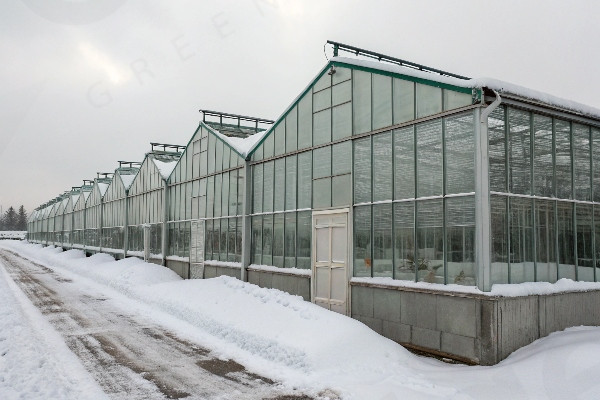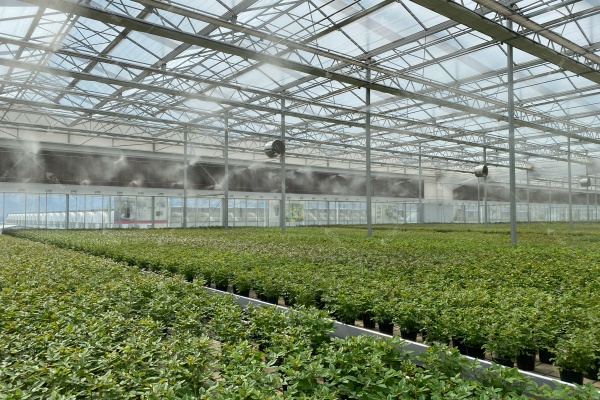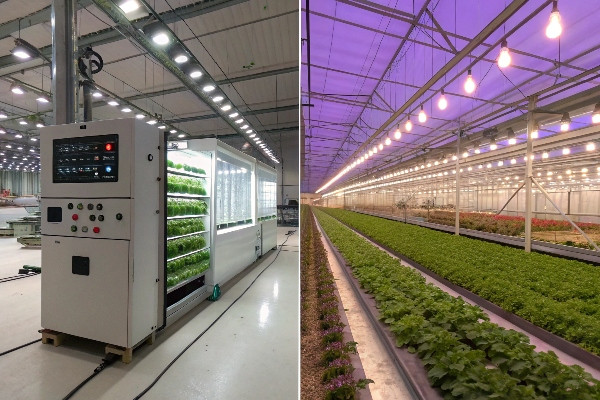Winter temperatures drop. Your plants suffer. Your greenhouse becomes too cold for healthy growth.
Keeping a greenhouse warm in winter requires proper heating systems combined with effective insulation strategies. Top and four-sided insulation systems work together to retain heat energy and reduce heating costs.
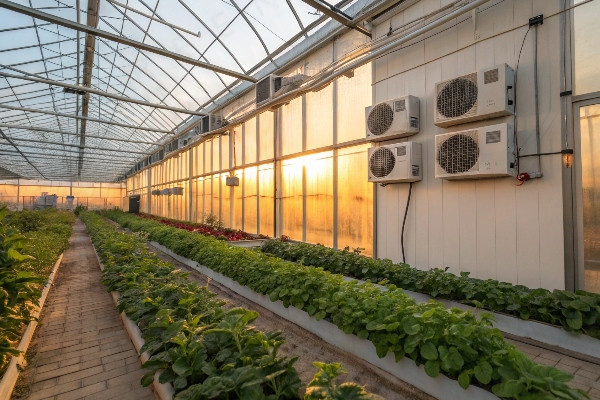
I have worked with greenhouse heating systems for over 29 years. During this time, I have seen many growers struggle with winter temperature control. The key lies in understanding both heating and insulation principles.
Don’t Miss:——Commercial Hydroponic Greenhouse Systems: How Do Design, Construction, and ROI Interconnect?
You might like:——What is a Smart Greenhouse? The Ultimate Guide to Automated Growing
What is the Basic Principle of Keeping a Greenhouse Warm in Winter?
Cold areas challenge greenhouse operations. Heat escapes quickly. Plants face temperature stress without proper systems.
The basic principle combines active heating systems with passive insulation barriers. Heat generation must work alongside heat retention to maintain optimal growing temperatures efficiently.
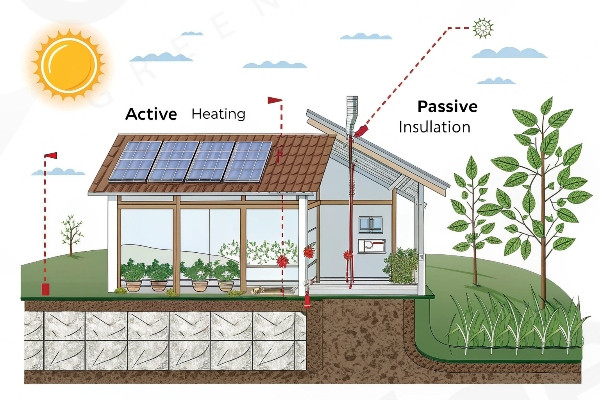
In cold regions, we cannot rely on solar energy alone. The greenhouse needs a dedicated heating system to supply warmth. However, heating is only half the solution. The greenhouse structure must also prevent heat loss.
Our company uses two main insulation approaches. First, top insulation reduces rapid heat dissipation through the roof area. This prevents warm air from escaping upward. Second, four-sided insulation protects against lateral heat loss through walls and sides.
During winter nights, insulation curtains become critical. These curtains create an additional barrier between the heated interior and cold exterior. Without proper curtains, greenhouses lose heat too quickly. This forces heating systems to work harder and increases energy costs.
At CFGET, we design special features for better insulation. We add slopes to greenhouse exteriors. These slopes serve two purposes. They deflect cold winds away from the structure. They also create a double-layer insulation effect for film-type greenhouses. This design significantly improves heat retention.
What are Some Simple Ways to Keep a Small Greenhouse Warm?
Small greenhouses lose heat faster. Limited space makes heating difficult. Simple solutions can make big differences.
Small greenhouses benefit from thermal mass, insulation upgrades, and strategic ventilation control. Water barrels, bubble wrap, and sealed gaps provide cost-effective warming solutions.
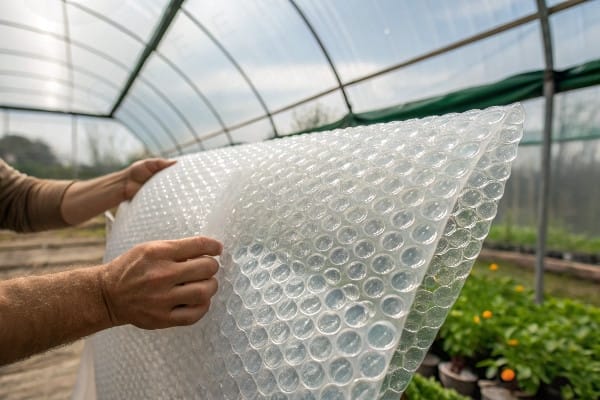
Water containers create excellent thermal mass1 for small greenhouses. I recommend placing large water barrels or containers inside the structure. During sunny days, water absorbs heat energy. At night, stored heat releases slowly to warm the air.
Bubble wrap insulation works remarkably well for small spaces. Apply it to greenhouse walls and roof panels. The air pockets trap heat while still allowing light penetration. This method costs very little but provides significant insulation value.
Seal all gaps and cracks immediately. Small greenhouses cannot afford any heat loss. Use weatherstripping around doors and vents. Apply caulk to window frames and panel joints. Even tiny openings waste precious heat energy.
Group plants together in the warmest areas. Create microclimates by clustering containers. Use reflective materials behind plant areas to redirect heat. These simple positioning strategies maximize available warmth without additional energy costs.
What Heating Systems are Commonly Used for Large Greenhouses?
Large greenhouses require substantial heating. Energy costs become major concerns. Professional systems deliver reliable performance.
Large greenhouses typically use hot water boilers, forced air systems, or radiant heating. These systems provide even temperature distribution and precise climate control for commercial operations.
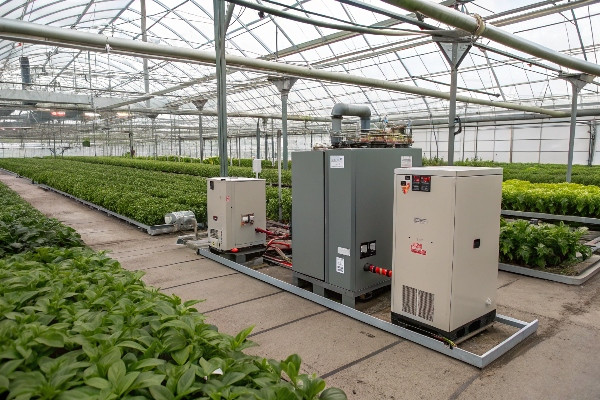
Hot water heating systems dominate large greenhouse operations. These systems circulate heated water through pipes installed throughout the structure. Boilers heat water to 60-85°C temperatures. The heated water flows through distribution pipes and releases warmth through radiators or heating coils.
Forced air heating systems offer another popular option. Large fans circulate heated air throughout the greenhouse space. These systems respond quickly to temperature changes. They also provide air movement that prevents disease problems. However, they may create uneven temperatures in very large structures.
Radiant heating systems work exceptionally well for floor warming. We install heating cables or pipes beneath growing benches or in floor systems. Plants receive heat directly from below, which promotes root development. This method uses energy efficiently because heat rises naturally to warm the entire space.
Many large operations now combine multiple heating methods. We call this approach hybrid heating systems. For example, we might use hot water for base heating and forced air for quick temperature adjustments. This combination provides flexibility and energy efficiency.
Can You Heat a Greenhouse Without Electricity?
Power outages threaten plant survival. Remote locations lack electrical access. Alternative heating methods become essential.
Non-electric heating options include solar heating, wood-burning stoves, propane heaters, and composting systems. These methods provide reliable warmth without depending on electrical power supplies.
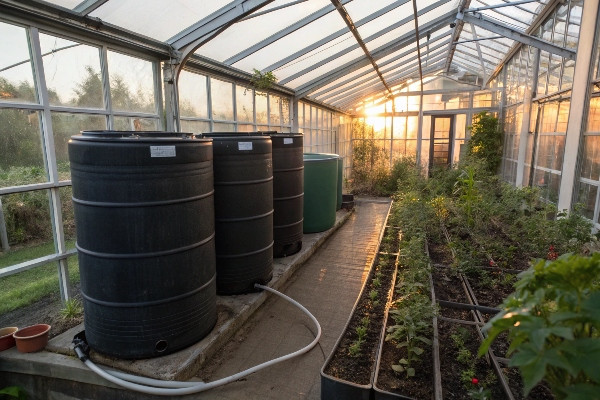
Solar heating systems harness sun energy effectively. Passive solar design maximizes south-facing exposure and thermal mass storage. Active solar systems use collectors and circulation fans powered by solar panels. These systems work even during cloudy periods by storing energy in thermal mass materials.
Wood-burning stoves provide excellent heat output for medium-sized greenhouses. Install proper ventilation to prevent carbon monoxide buildup. Use seasoned hardwood for clean burning. Position stoves for even heat distribution throughout the space.
Propane heaters offer convenient portable heating solutions. Choose units designed specifically for greenhouse use. These heaters include safety features like automatic shutoff valves. Propane burns cleanly and produces water vapor that plants appreciate.
Composting systems generate significant heat through decomposition processes. Build compost piles using high-carbon and high-nitrogen materials. Fresh manure mixed with straw creates excellent heat-generating compost. This method provides both heating and future soil amendments. The decomposition process can maintain temperatures for several months during winter.
Conclusion
Successful greenhouse heating combines proper systems with effective insulation strategies. Plan your heating approach based on greenhouse size and local climate conditions.
Learning about thermal mass can enhance your greenhouse’s heat retention strategies, leading to better plant growth and energy savings. ↩

